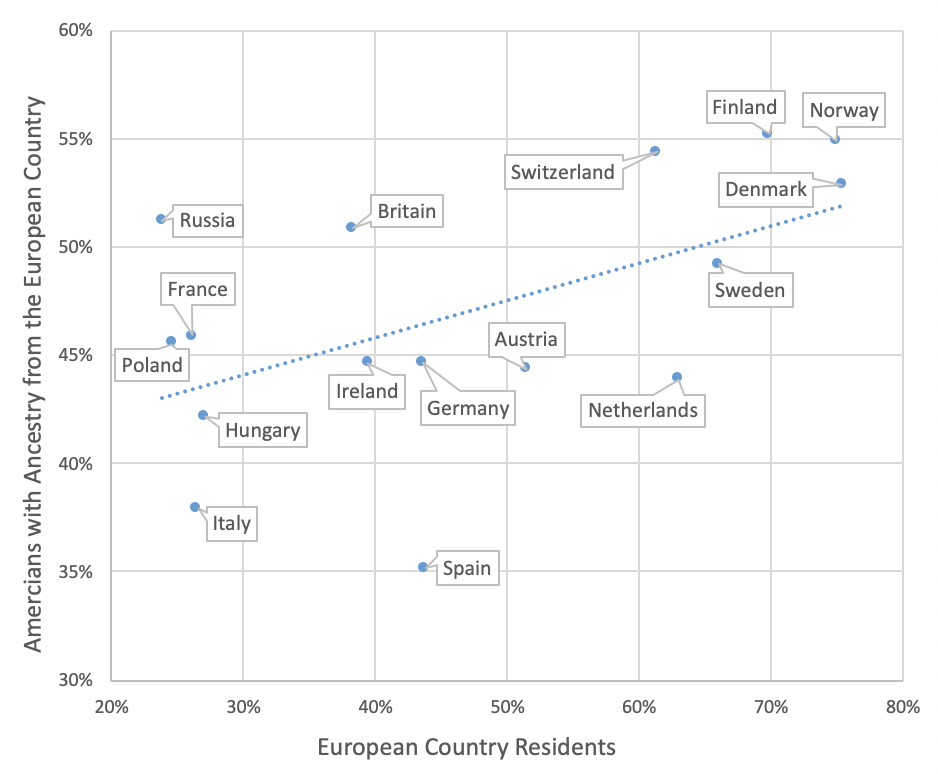Some Foreign Workers Pay Payroll Taxes, Some Do Not: A Puzzling Pattern
Some foreign workers (and their employers) pay payroll taxes, and some do not; it is a puzzling pattern. The payroll tax is now generally about 9.5 percent of wages (on the worker and on the employer) and supports the Social Security, Medicare, and federal unemployment insurance programs, but there are loopholes, and loopholes within loopholes, that cause problems for some and advantages for others.
For an example of the complexities, take the situation of six Maryland school teachers who arrived in the U.S. on J-1 exchange visitor visas several years ago. In the first two years of that program there are no payroll taxes if the visitor will be here for only two years; after the second year, if there is one, payroll taxes are not only levied on that year, but retroactively on the first two years as well. The teachers were all hauled before a specialized tax court and were made to pay the retroactive taxes — lulled by no taxes in the first two years, they had never paid any payroll taxes and they had to make substantial payments to the IRS. Nobody involved in this case seemed to have told the teachers about the tax rules.
The table below shows generally how payroll taxes (or the lack of them) apply to various nonimmigrant programs, which are listed more or less by the estimated size of the programs in descending order. Some of the other complications are discussed after the table.
Payroll Taxes Levied — or Not — on Various Classes of Nonimmigrant Workers |
||
| Program | Covered by Payroll Taxes? |
Comments |
| H-1B high-tech workers | Yes | This is the largest of the foreign worker programs |
| Optional Practical Training (OPT); current students and recent alien grads of U.S. universities; most are on F-1 visas | Not usually, but there are exceptions for aliens here more than five years | The post-grad program is limited to one or three years after a degree has been secured, but sequential degrees can lead to more benefits. |
| H-2A farm workers | No, because of power of the growers’ lobby | |
| H-2B non-skilled, non-farm workers | Yes | |
| H-4 spouses of some H-1B workers | Yes | Most H-4s are spouses of aliens from India |
| J-1, international exchange visitors | No in first two years; yes in third and subsequent years | This program is used extensively in education |
| A classes | No | Diplomats and staff |
| G classes | No | International civil servants and staff |
| NATO classes | No | NATO officials and staff |
| M-1 visa holders, vocational students | No | There are far more F-1 students than M-1s |
| Q-1, the so-called “Disney workers program” | No | |
| D-1 plane or ship crew members | “Crew members of a ship or aircraft may be exempt if the vessel is a foreign vessel and the employer is a foreign employer, or if the services are performed outside of the U.S.” | The quotation is from an IRS publication. |
| Sources: Various governmental and non-governmental publications, such as “Aliens Employed in the U.S.- Social Security Taxes”, IRS, last updated September 21, 2023. | ||
Given the complexity of the immigration system, all alien categories are not included in the table above. For example, asylum applicants, asylees, parolees, refugees, and illegal aliens are all covered by payroll taxes, as are people in the Temporary Protected Status program.
The nonpayment of payroll taxes, at about 9.5 percent of payroll, makes some of the programs in the table attractive to employers. This is a largely hidden benefit as the media rarely mentions it.
My assumption — and hours of googling failed to find clarification — is that the workers’ status on payroll taxes governs whether or not an employer must pay its share of them.
Some over-arching rules complicate the situation. If an alien has been here for more than five years, he or she is no longer a non-resident alien for tax purposes and must pay payroll taxes. Similarly, no matter how long an alien is here they can — if Amish or Mennonite — opt out of the Social Security program, but there are not many of these.
Further, there are totalization agreements on Social Security coverage between the U.S. and 30 mostly European nations. These are designed to eliminate double Social Security taxation and to merge benefits for workers who have toiled in the countries involved. Some of these agreements have provisions of coverage, for specific subsets of aliens, different from those shown in the table.
And in the course of a given tax year, an alien can move in and out of different payroll tax statuses.
As to the receipt of benefits by those aliens who do pay into the system, many are not entitled to collect them, and they, in fact, are subsidizing the rest of us.





